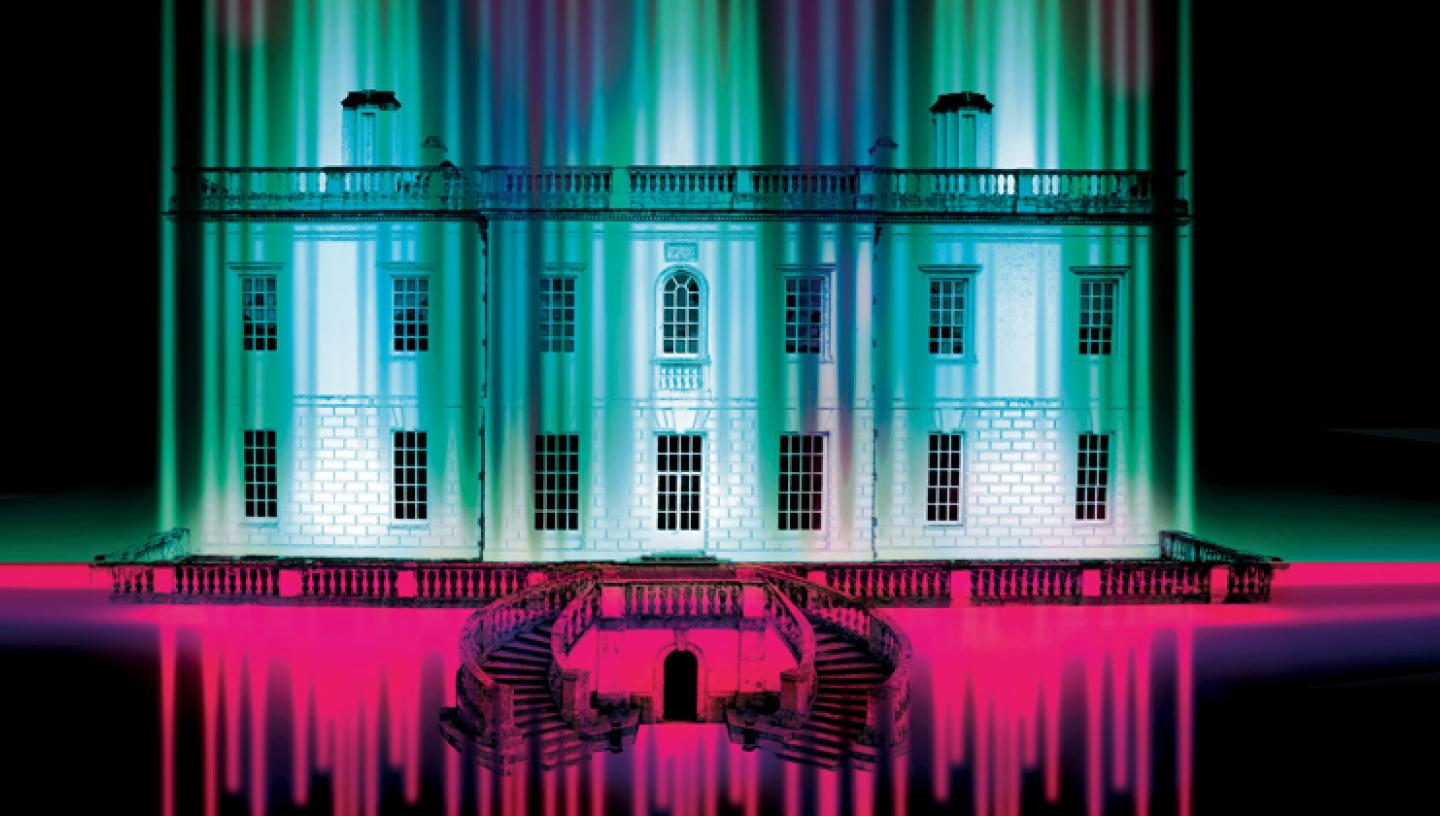
23 Jun 2016
How did a grand Italian villa end up in the heart of Greenwich?
The Queen's House was designed by Inigo Jones as what was then an avant-garde Italianate private villa for Anne of Denmark (wife of James I) between the gardens of the long-vanished Tudor Palace of Greenwich and the Royal Park – which is still much the same in outline though changed in layout.
From the outside the nature of the building does not announce the treasure-house that it is: its beauty externally is austerely classical, giving little away, and also slightly misleadingly ‘Georgian’ given that all the external windows were changed in the early 1700s and (on the ground floor) deepened, from being leaded traditional casements to the present white-sash form.
What many consider to be the ‘front’ of the house, that side that faces the Old Royal Naval College, is in fact the back: it is the grander, south-facing side with the loggia as a ‘frontispiece in the midst’, as Inigo Jones described it, which was in fact the original front.
It was the establishment of Romney Road and the Naval College (as Greenwich Hospital) in the 1690s that, in effect, turned it round – not least since the perceptual revolution of the 1860s when the fine see-through Victorian railings were installed round both sites: until them both College and Queen’s House grounds had been enclosed by high walls since around 1700, with only a short run of railings to allow a view south from the House to the Park.
This sense of the House as a very private, closed building was no accident. The Park itself was originally a privileged, enclosed space with only Court access when the House was built and only gradually became more public in the 18th century.
This was even truer of the Palace gardens behind (now the National Maritime Museum grounds) and the only public access between them was down the high-walled Woolwich road that ran under the House until the 1690s, where the National Maritime Museum colonnades now stand.
A House of Delight?
In the 1659 Kent antiquary, Thomas Philipott, called it a ‘House of Delight’ that Queen Henrietta Maria (wife of Charles I) had ‘so finished and furbished, that it far surpasseth all other of that kind in England’.
However, he can only have been repeating popular myth – not something he had seen: for while the early artworks in the House were listed when sold by the Parliamentary regime after the execution of Charles I in 1649, there are no accounts of what the general interior looked like, apart from a note of how drunken vandalism damaged the long-vanished original marble fireplaces during the Commonwealth period.
All from the Stuart era left today are some spectacular ceilings – the timber transomed examples in the Hall and King’s Presence chamber (which has been new-gilded over brilliant blue in current work), the recently restored painted covings of the Queen’s Bedchamber, and two fine plasterwork ones in the 1660s Bridge Rooms.
The real entertainment places at Greenwich in the 16th and early 17th centuries were not the various queens’ entirely private quarters, including the House as the sole surviving element from them, but the Great Hall of the old Palace – whose foundations lie under the Grand Square of the College – and the long Banqueting and Disguising Houses (the latter for masques etc) which Henry VIII built in 1523-4.
These flanked his tiltyard (tournament field) which comprised the entire eastern side of the National Maritime Museum grounds north of the east colonnade, on a north-south line parallel with the central roadway to the House and just east of it.
Both were built for the reception of a French embassy of 1524, and the Disguising House – decorated originally by Hans Holbein - may last have been used for a children’s masque before Anne of Denmark in 1614, while Inigo Jones was in Italy gaining the knowledge of Roman and Palladian architecture that enabled him to design the Queen’s House for her in 1616, on his return.
And then there is what happened in the tiltyard itself, especially under Henry VIII, which was where the really large-scale extravaganzas took place, as during the visit to Greenwich of the Emperor Charles V in 1522:
The Wednesday, the more to do the Emperor pleasure, was prepared a joust royal: on the one part was the King, the Earl of Devonshire and ten more companions, all mounted on horseback; their apparel and tabards were of rich cloth of gold, embroidered with silver letters, very rich, with great plumes on their heads. This company took the field, and rode about the tilt [barrier]: then entered the Duke of Suffolk, and the Marquis of Dorset, and ten with them … and their apparel was russet velvet, embroidered with sundry knots and ribbons of gold. The Emperor and the Queen [Catherine of Aragon], with all the nobles stood in the [tiltyard] gallery, to behold the doings. The King ran at the Duke of Suffolk eight courses [with the lance], and at every one broke his spear, Then every man ran his courses and that done, all ran together [as] fast as they could discharge, and when the spears appointed were broken, then they disarmed and went to supper.’
edited from Hall’s Chronicle
In short, while the Queen’s House has always kept its secrets from the outside while concealing treasure within, it is the former Palace ground to the north-east which has the history of spectacle, with the House now as its backdrop.